
BrianEdits
Editor
Videographer
Proofreader
Writer

I've been drawn to creativity since I was a kid. I always loved exploring my artistic side, whether through music or art.
When it came time to choose a career, advertising caught my attention. Back then, in Argentina, there was an agency called Agulla & Baccetti that was doing insanely creative work. At that time, getting something you made on TV felt like an exciting challenge.
After graduating with a degree in Advertising, I joined Grey as a trainee. Within just three months, I got to participate in Cannes with a project—and even won a Silver Lion.

I love working in a team where everyone feels free to pitch ideas.
Over time, I’ve realized that one of the keys to creative leadership is building trust—making sure each team member feels valued and empowered to contribute.
In Argentina, keeping a team together long-term can be tough. That’s why, at my last agency, Digitas, I made it a priority to help my team grow in their careers. If they felt they were progressing, they’d be more likely to stay and invest in the agency.
To develop their skills, I have one-on-one talks with each team member. I check in on how they’re doing, how they’re feeling, and after a project, I ask what they think could be improved. Including them in decisions and making them feel part of something bigger helps build a strong team culture.
This approach paid off—I helped a senior creative step up to a Creative Director role, giving him more responsibility and ownership. In turn, that allowed me to focus on doing even better work myself.
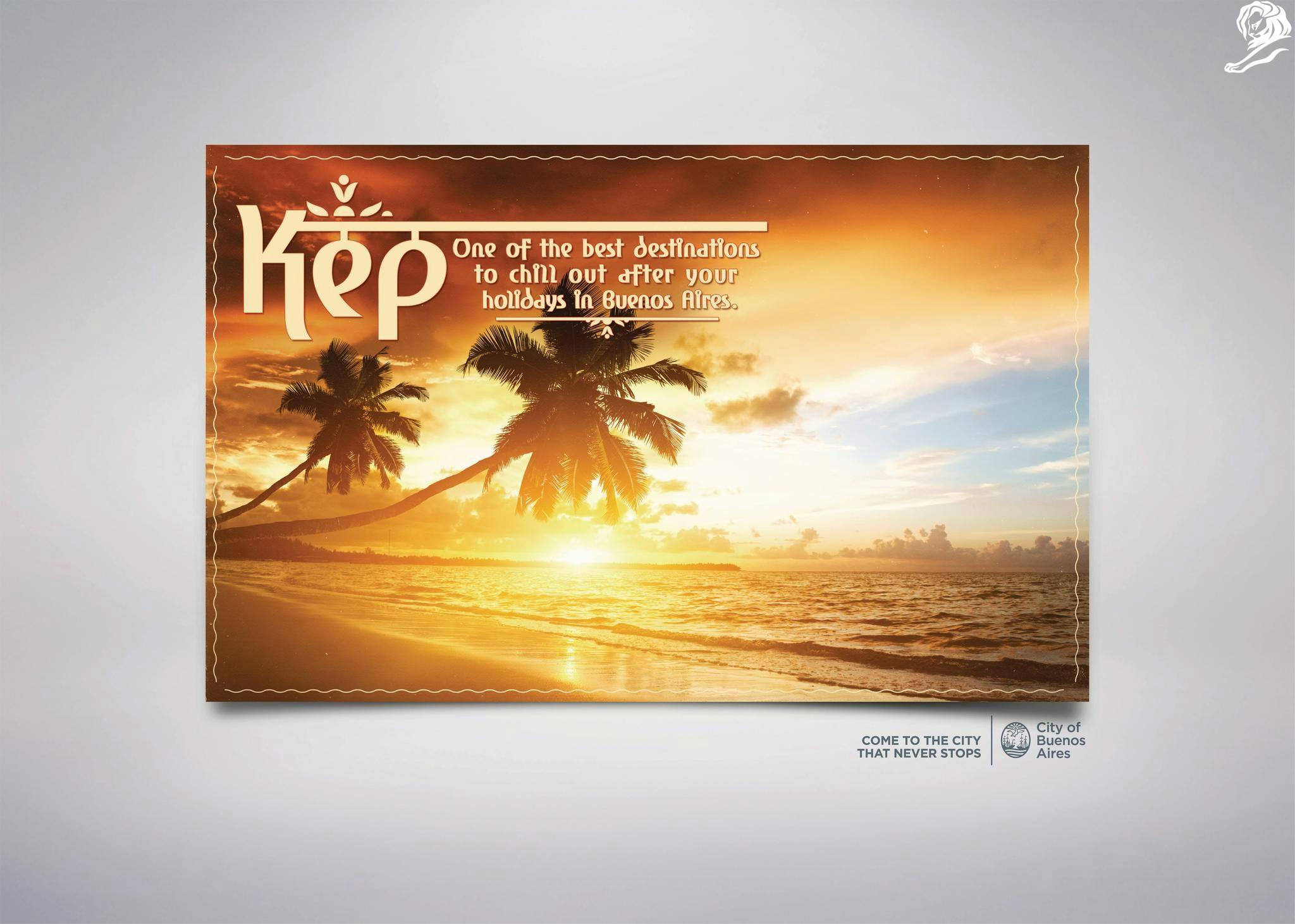
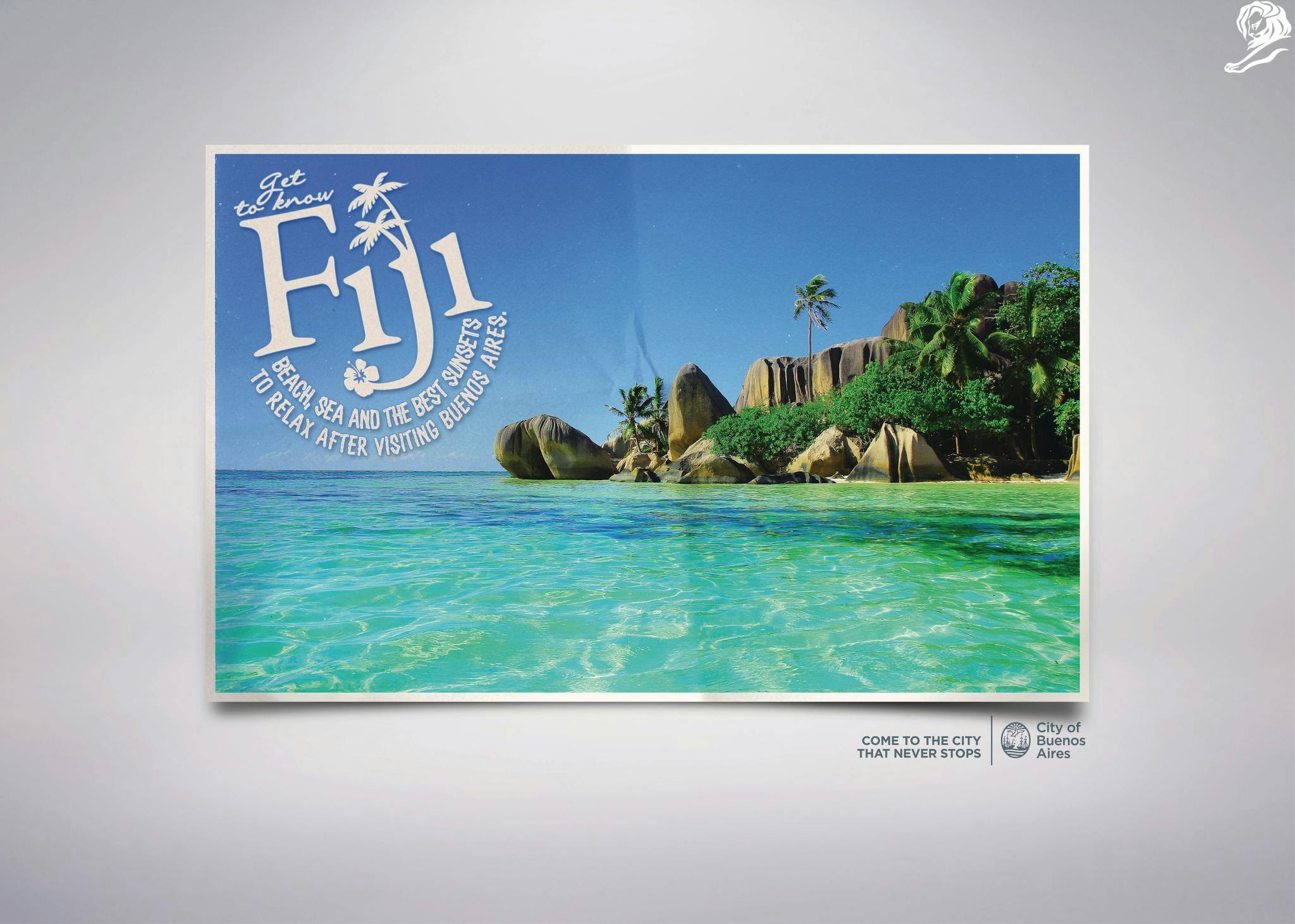
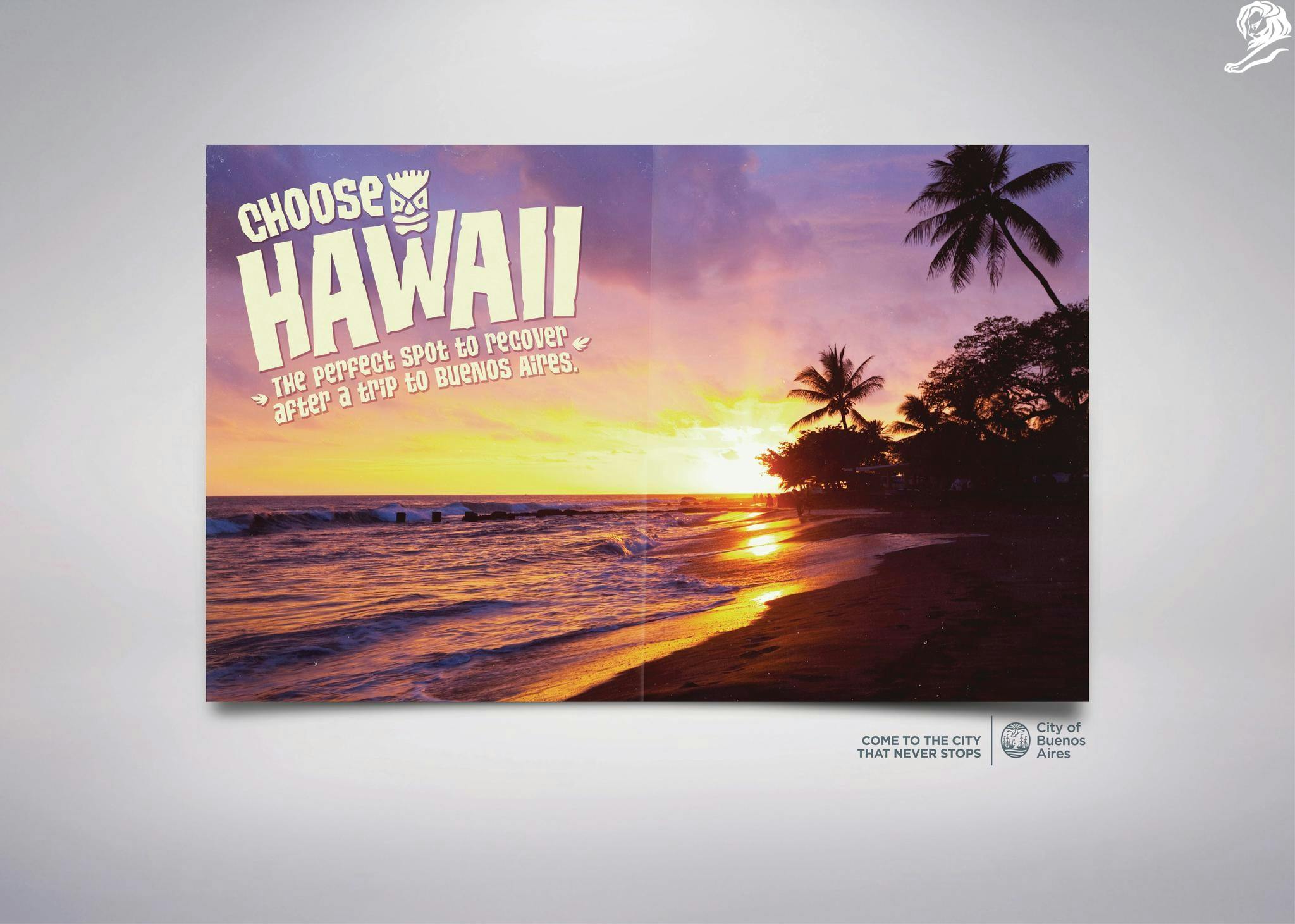
For me, it's in the top 3 key things when creating a brand identity, along with budget and tone.
But there’s something important I want to clarify: it’s not just about collecting data, but about turning it into creative and actionable ideas. A super detailed analysis of how a target lives and what they do doesn’t mean much if we don’t know how to make it relevant for the brand.
As a Creative Director, I often take on this task myself. We don’t always have a planner, or sometimes the information we get isn’t framed in a way that sparks interest. In those cases, I like to dive deeper, find valuable insights, and turn them into starting points that truly inspire creativity.
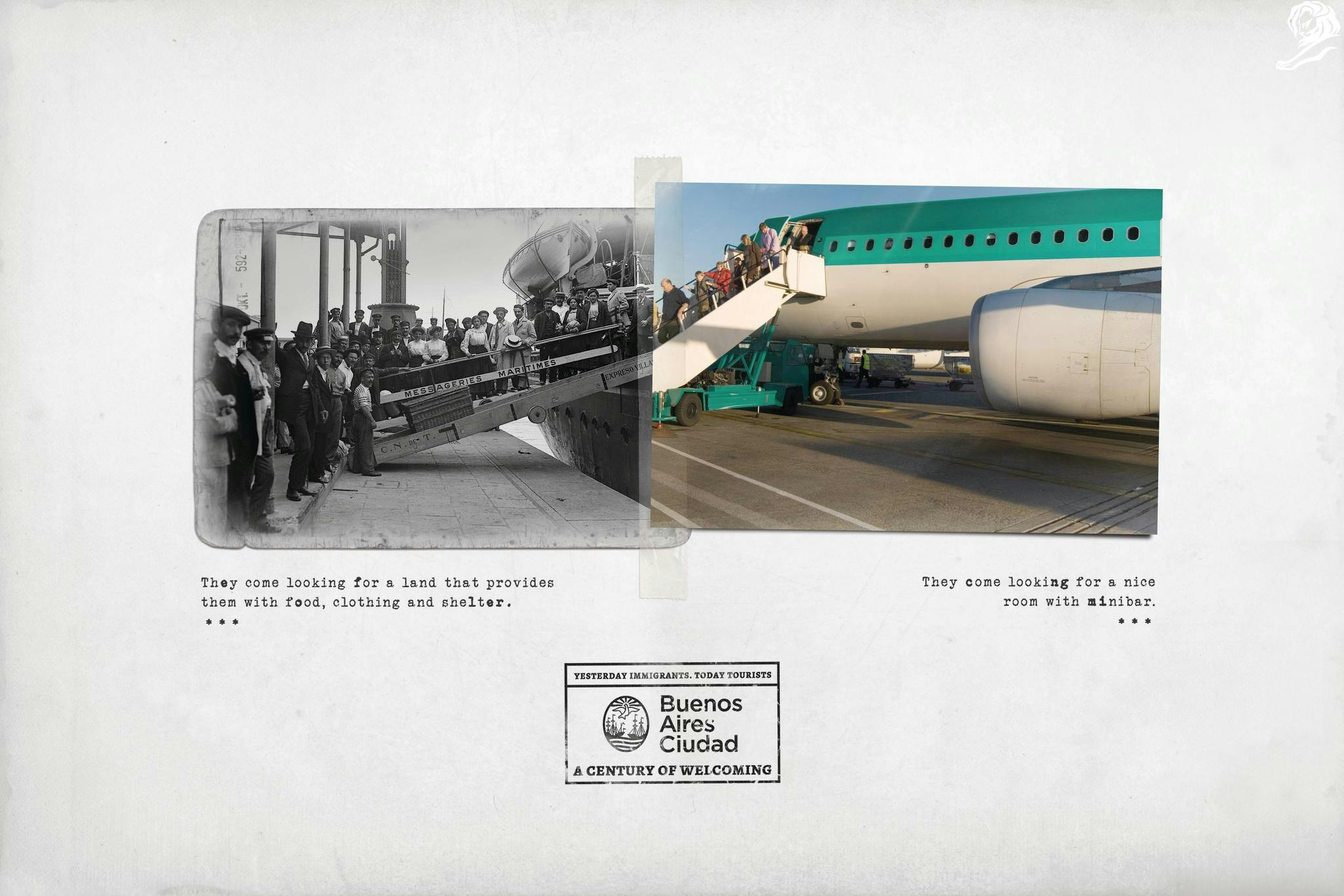
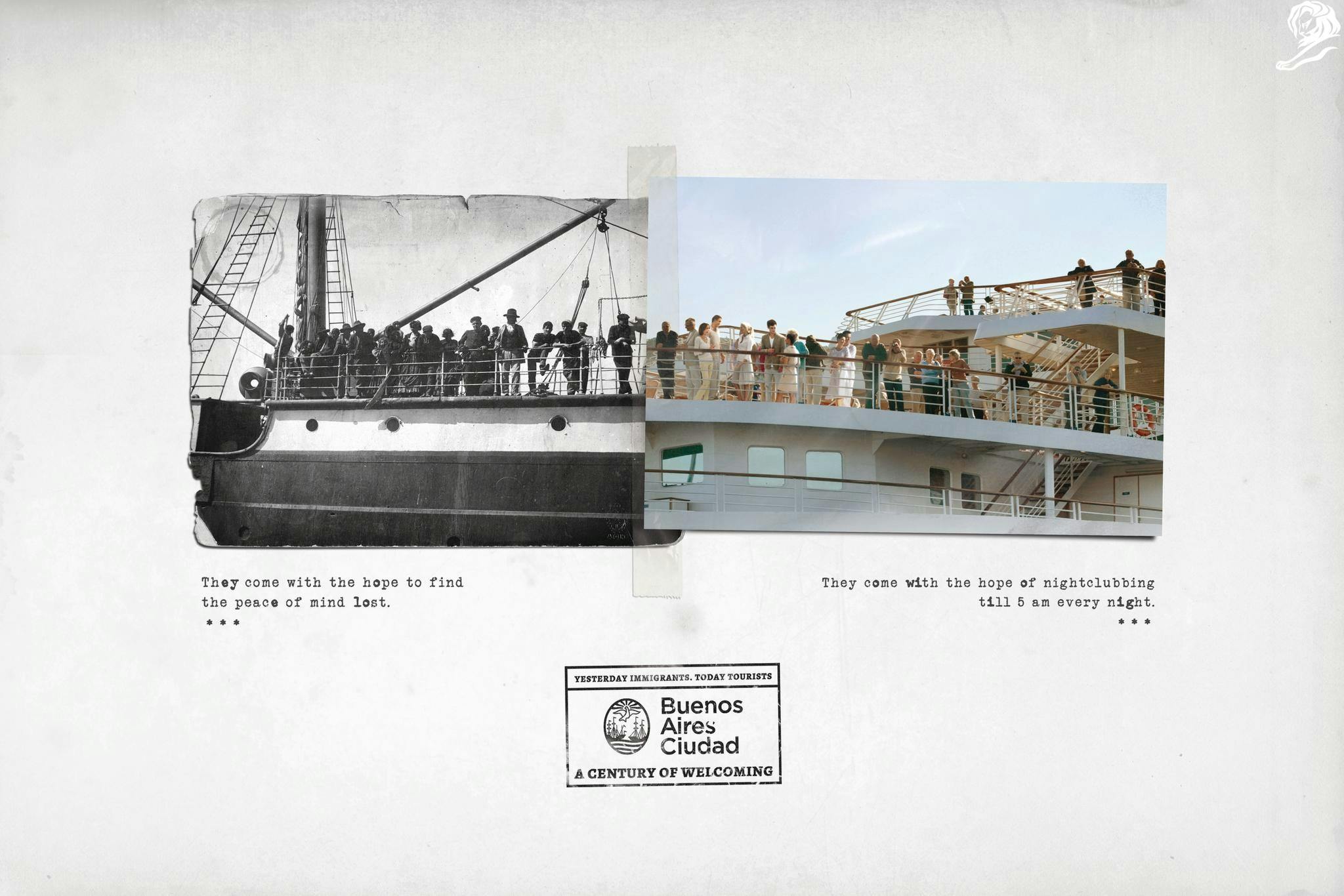
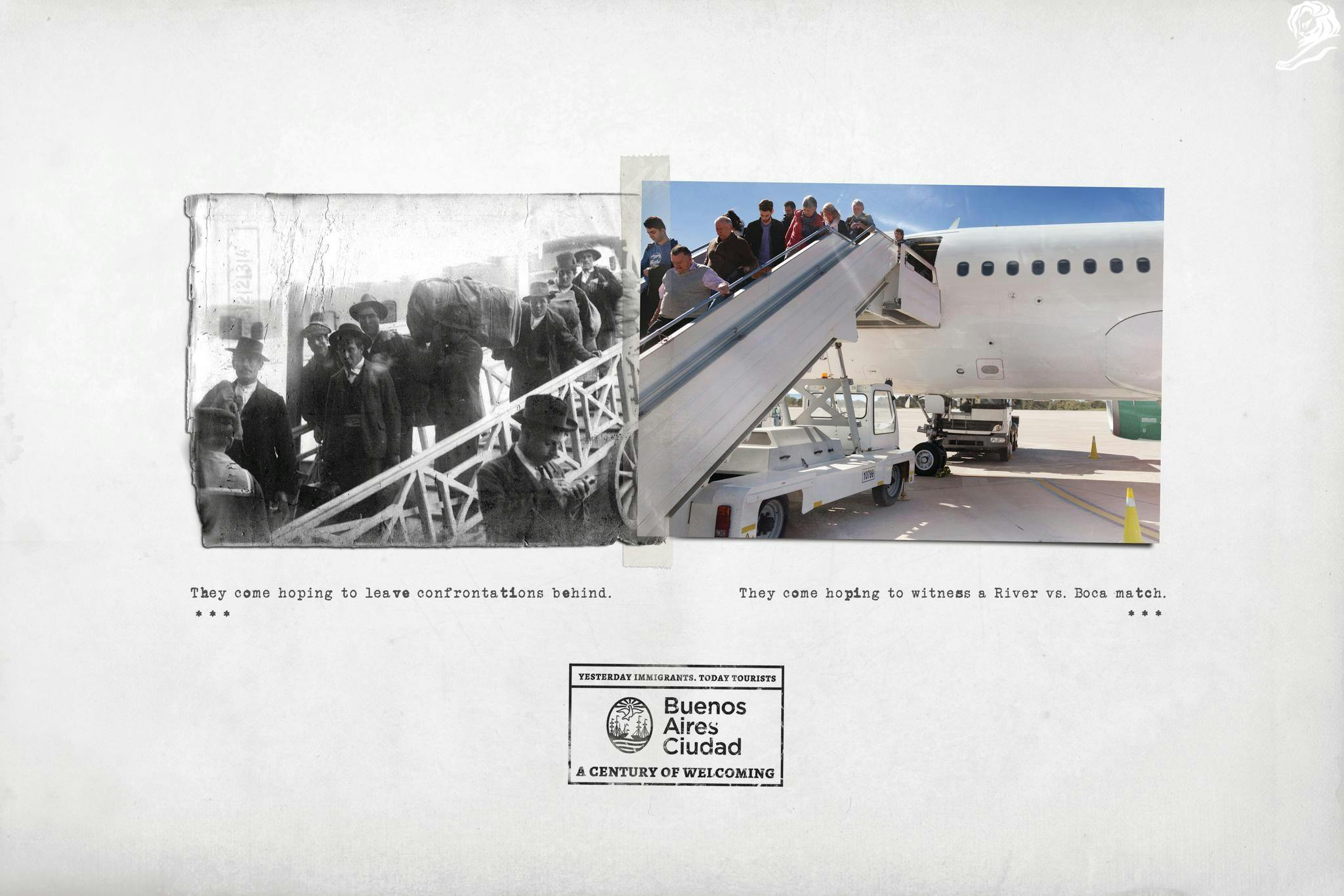
Lately, I've been using ChatGPT a lot—it's like my daily partner. I also rely on all the Google tools to work remotely, so we can all edit and contribute to projects in real-time. Social media, although not specifically a tech made for this, is also a huge source of inspiration for me. I'm also diving into AI and prompts to add more tools to my workflow.
I believe technology is already part of our lives, and no matter what role you have, it's essential to be familiar with it. It helps us optimize time and get rid of tasks that don’t really make sense to do ourselves. When used right, it allows us to focus on what truly matters, and when resources are limited, technology often steps in to fill that gap.
Over the years, I've learned a lot of valuable lessons. One of the biggest ones is learning to be patient. Projects often take more time than you expect. I’ve also learned to stay optimistic; no matter the brief, I always believe there’s a good idea out there.
It's a very psychological job, and another important lesson is that we work with people. The best way to get to a great idea is by listening to others, without taking anything for granted. Sometimes the best idea comes from someone who’s not even in the team. Of course, you always have to make the final call, but teamwork and collaboration are key.
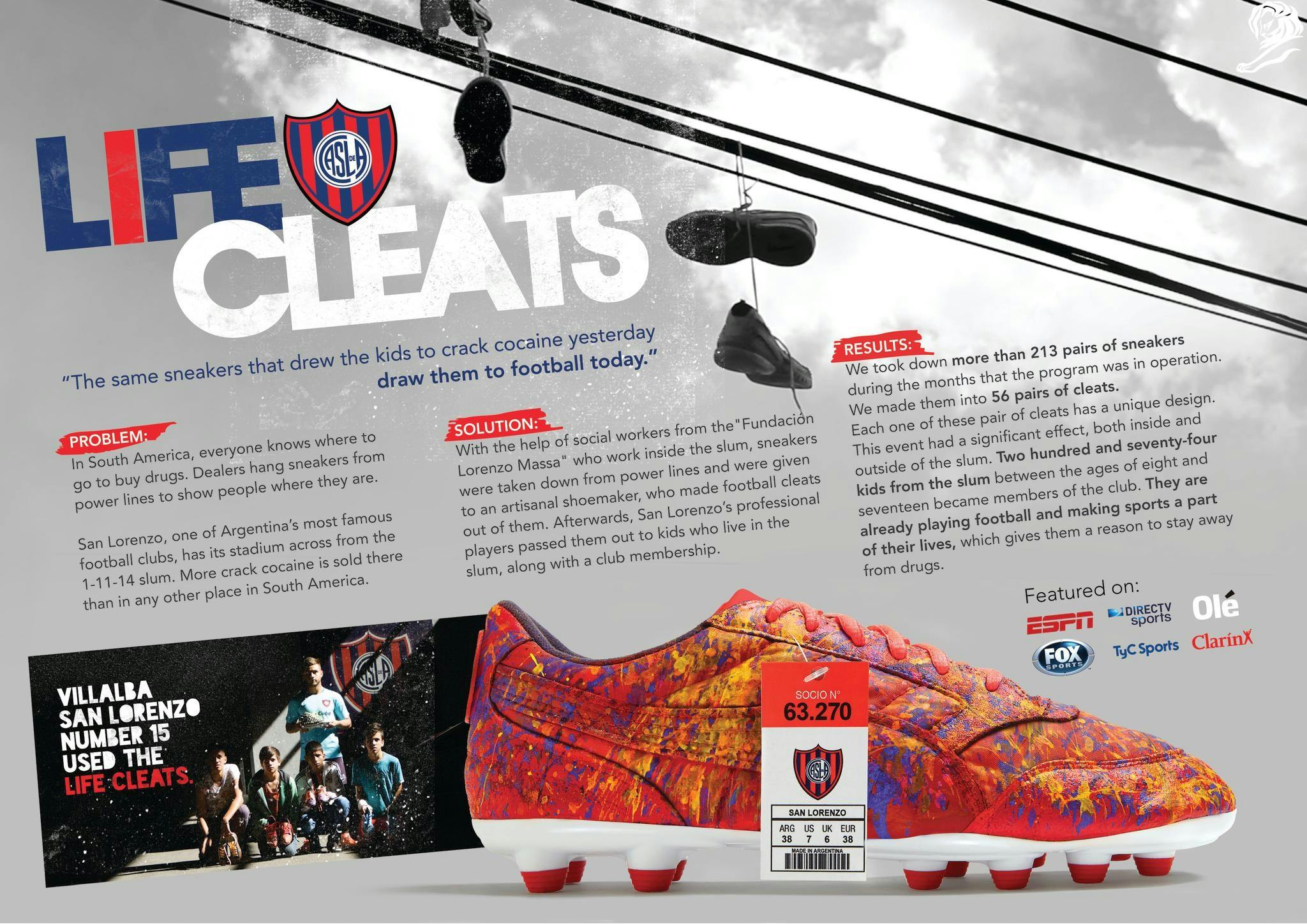
Honestly, I've been juggling multiple projects for at least the past three years. As a group creative director, that's just part of the job—handling several projects at once.
The first thing I learned is that, as a leader, it's impossible to be 100% involved in every project. That's why it's so important to have a team you can trust. Personally, I stay on top of things by constantly updating the gantt and setting realistic timelines to make sure everything gets done.
Communication is key. I make sure to check in with the team, see if they’re on track, supervise the progress, and keep everyone motivated. Over time, I’ve learned to be clear and to the point with feedback, so everyone knows exactly what they need to do. This approach helps me give each project the attention it needs without sacrificing quality.
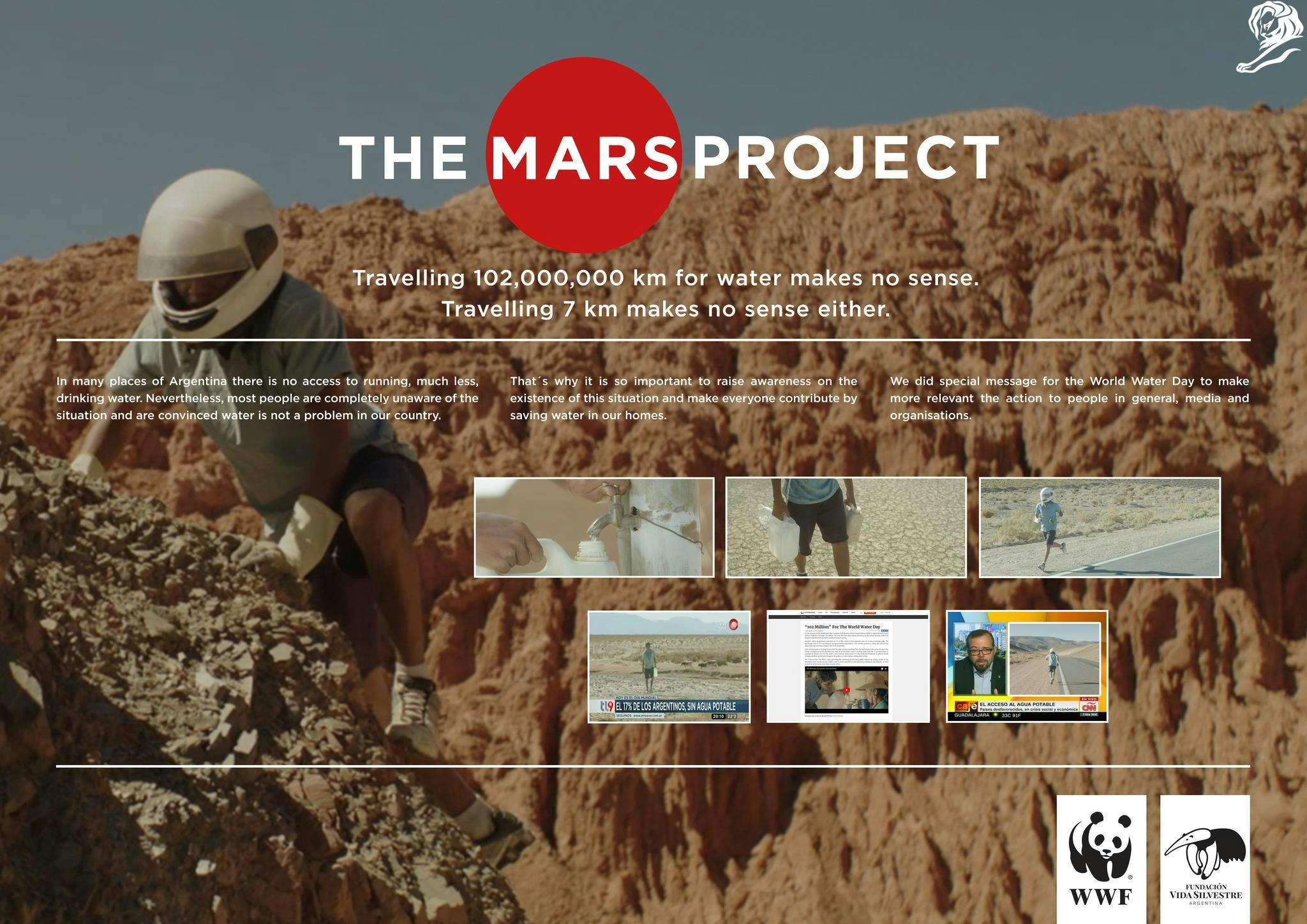
What sets me apart is that I don’t just focus on coming up with ideas; I get fully involved in the project. I like to understand the business, dive into the strategy, and really get into the brief. It’s not just about being creative—it’s about connecting with the project’s purpose.
When I’m in the creative process, I try to make sure the ideas not only surprise, but are also simple and effective. I aim to create an environment where pressure isn’t the focus, and the team feels comfortable and has fun.
Most importantly, I love finding ideas that give me energy, that refresh me and, at the end of the day, make me proud of the work. I think that passion shows in the results and gets passed on to the team.
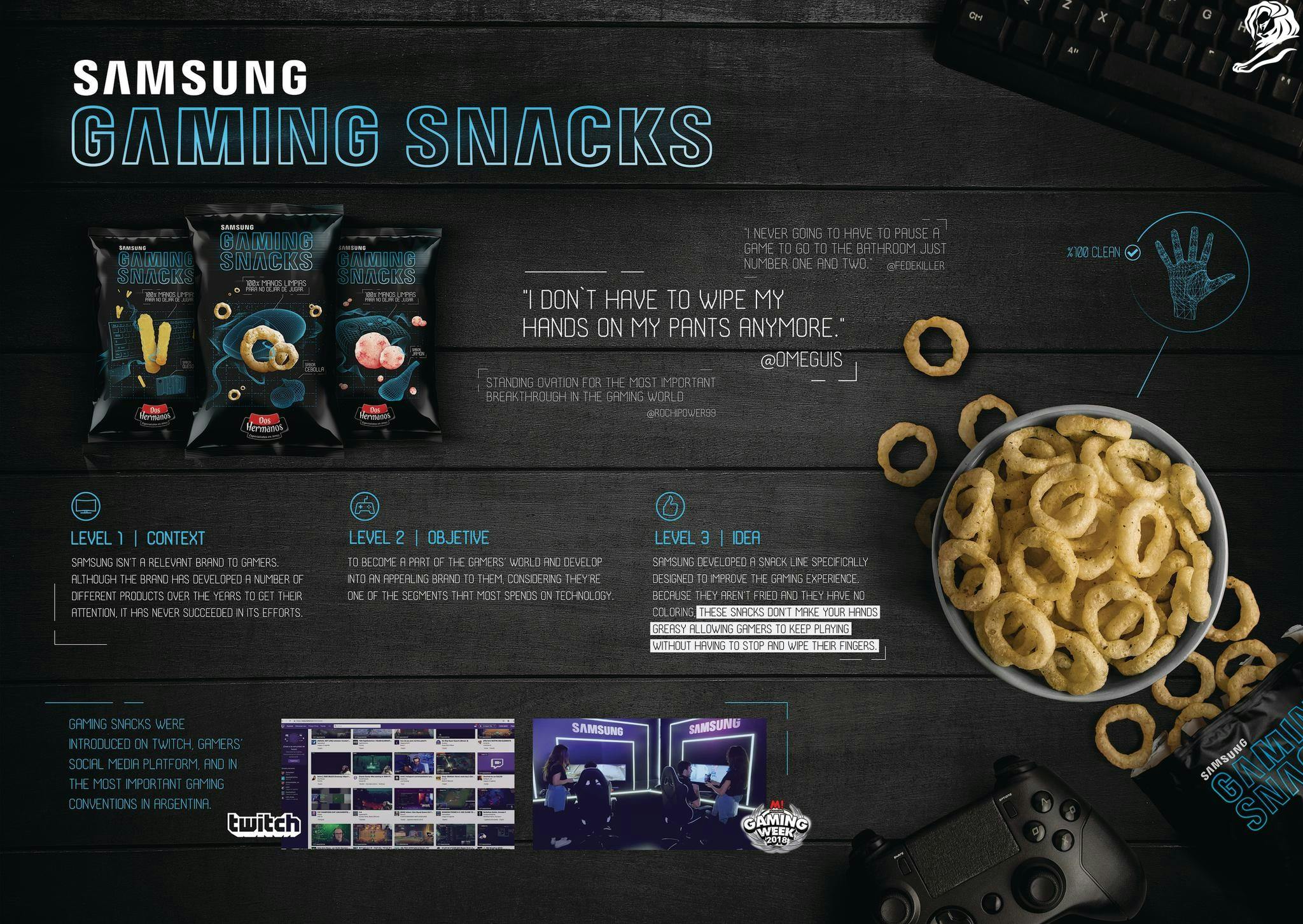
I think there’s always something new and interesting popping up. I really enjoy working with humor and entertaining, but I’m also passionate about projects that convey deeper values, that inspire people, and eventually become part of the culture of a place.
Right now, I’m looking for projects where I can learn as well, whether it’s through new technologies, AI, or anything else that challenges me. As I grow, the challenge gets bigger because new tools and trends are constantly emerging. For example, I see this a lot with things I come across on TikTok—everything moves so fast, and you have to put in the effort to really understand it.
I know it might sound like a simple answer, but honestly, all the projects I’ve worked on have something of me in them. And I say that because they all follow certain patterns that are always present:
Surprising insights: I’m always looking for something that surprises even me. That creative spark that comes from the unexpected.
Creative strategy: If the idea isn’t backed by a solid strategy, it doesn’t fully convince me. To make a football analogy, a good idea without strategy is like a "goal from another match." Sure, it’s great, but you didn’t get there with a process—you just got lucky.
Viral potential: My most recent ideas have been really viral, and that’s because they come from the same culture, they’re not alien to it. If people can relate, the idea has a better chance of connecting and being shared.
If I had to give an example, I’d mention the idea for VISA. The brief was simple: “We’re sponsoring Los Pumas, the Argentine rugby team. What do we do?” But that’s when the whole creative process kicked in: we used data, we found a strong insight, and we came up with an innovative idea, leveraging the available technology and giving it a completely new use.
I’d say staying positive, patient, and hungry for more. I’m not sure if it’s exactly a skill, but it’s definitely a work philosophy that’s helped me. It keeps me grounded and constantly pushing to learn and grow.
